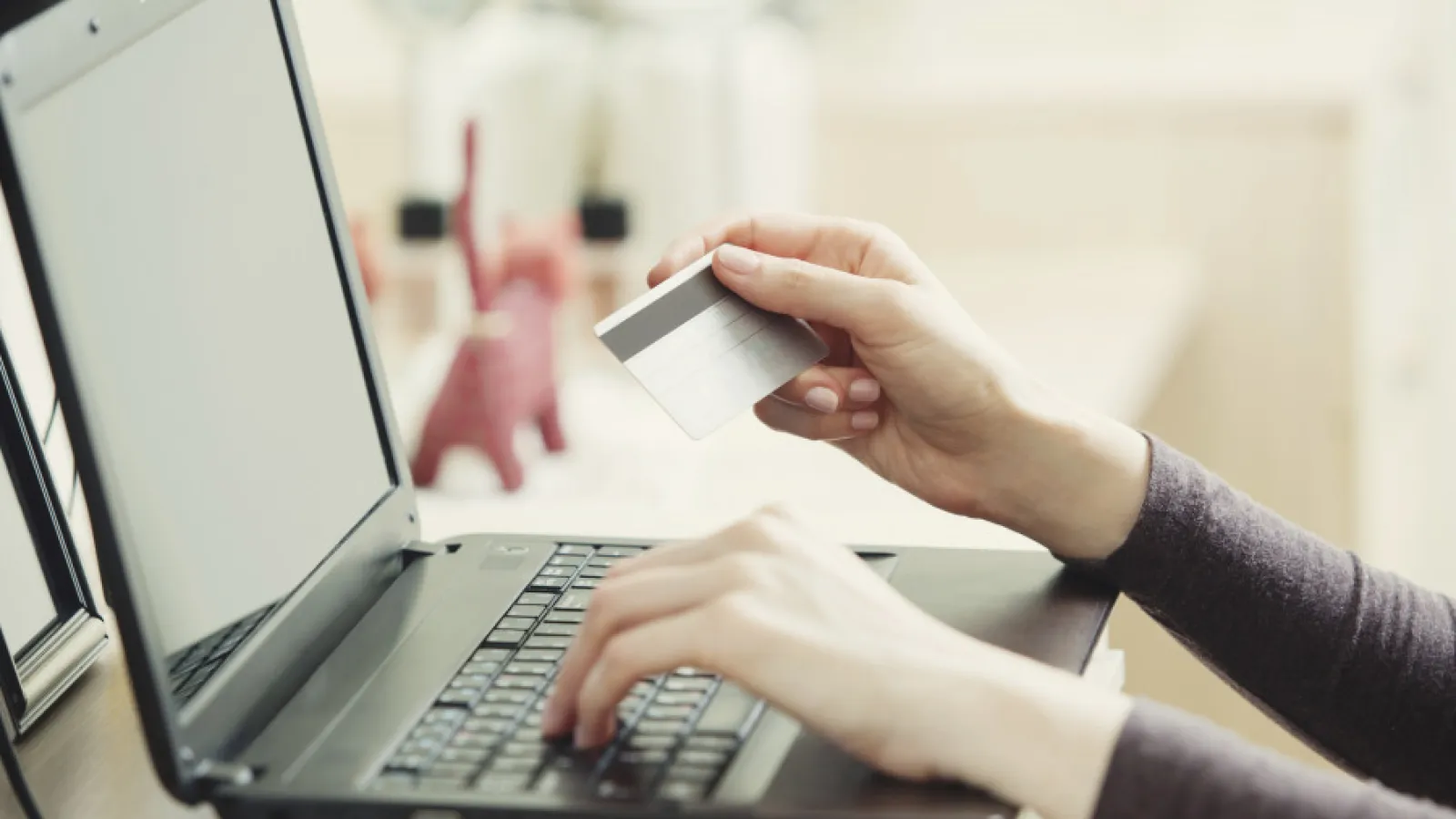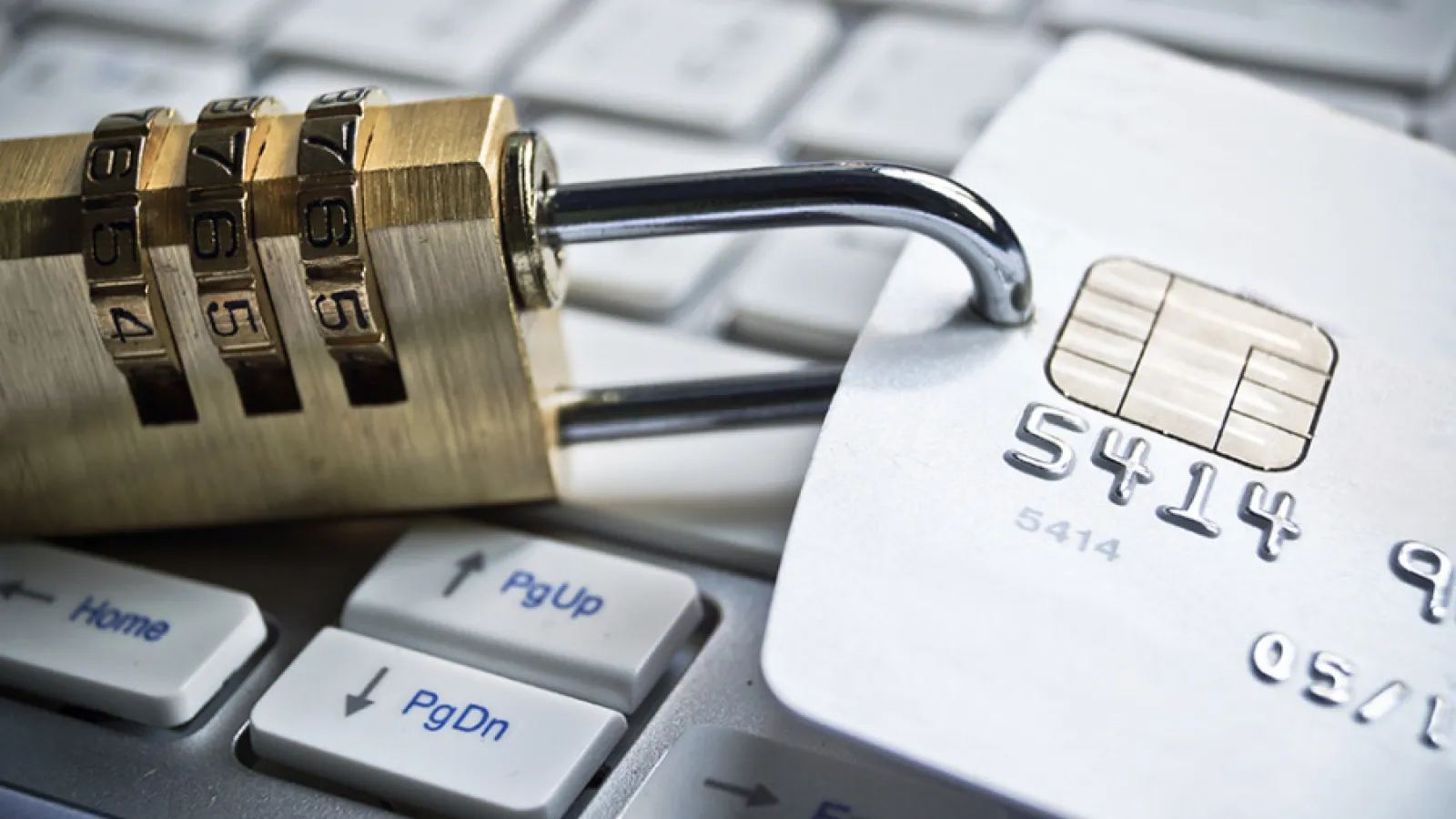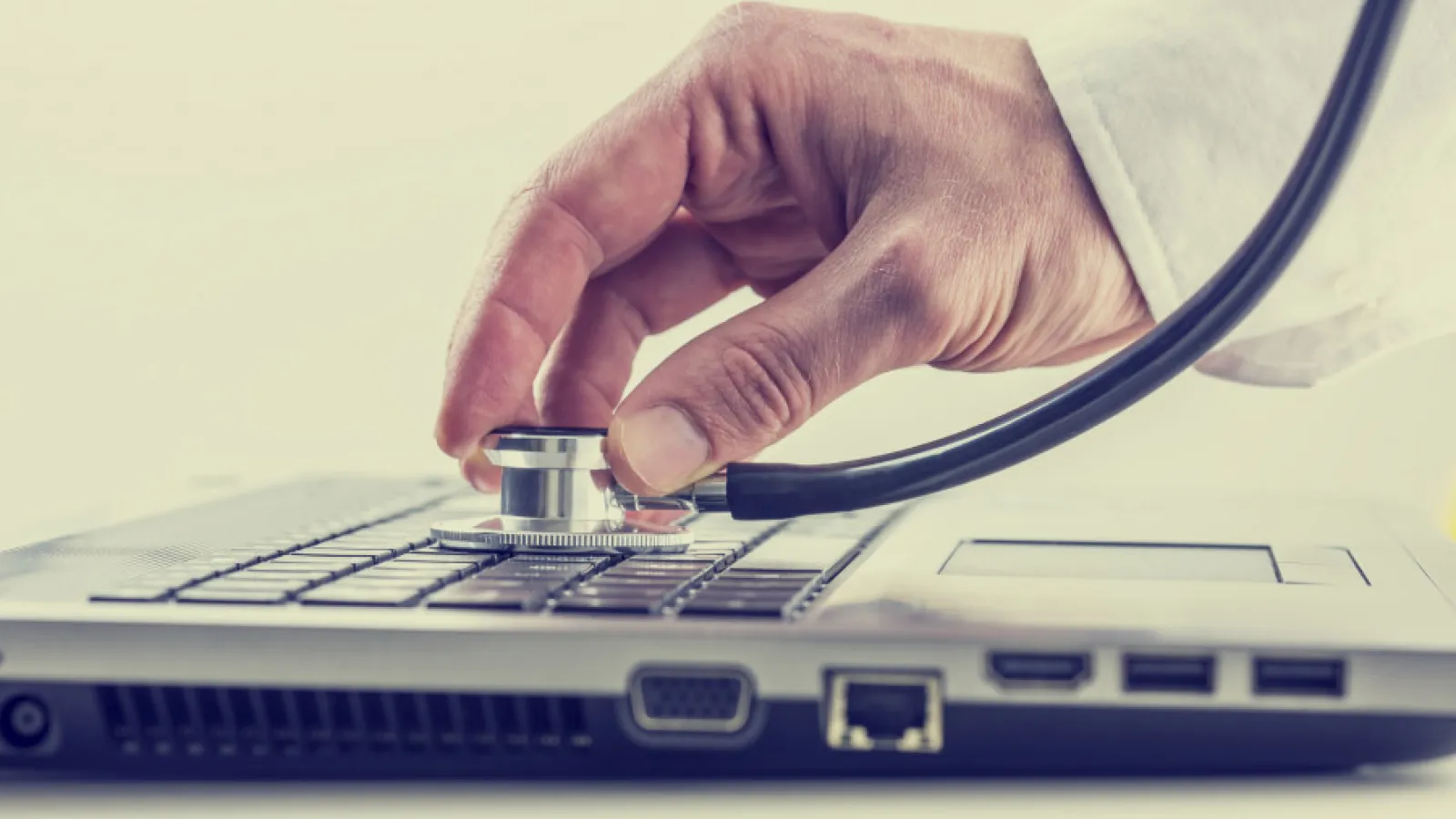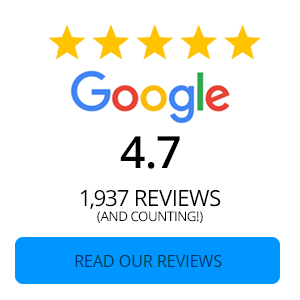Reporting Center
Whether you want to become more familiar with fraud or you have become a victim of fraud, the steps you take can affect how big of an impact that fraud has on you!
In recent weeks, we've observed an
uptick in phishing scams targeting our credit union members. These fraudulent
attempts often come in the form of text messages that seek to compromise your
account security. We want to ensure that you stay informed and vigilant so that
your financial information remains safe. Click here to read more about these text scams.

General Information Security Steps
With the ever-growing amount of data, who possesses "your data", and where "your" data exists, the potential of data breaches increases drastically. Typically in any breach, the following steps need to be performed on any website/software which may directly (or possibly indirectly) be related to the potential breach.
- Be extremely cautious of any emails, calls, or any type of communication/solicitation. When in doubt, don't click; send your own email or make your own call directly to the entity in question (and through their dedicated channels/means).
- Change all passwords and security questions. Document your changes.
- Setup dual-factor authentication. This ensures that two separate forms of authentication are used to access the site in question (Example: password and security code sent to phone).
- Verify contact information and any additional information.
- Review your credit reports to ensure no unexpected items are present or for any erroneous items. All three credit bureaus will need to be reviewed (Equifax, TransUnion, and Experian). Remember to check children's credit files periodically as well.
- Consider putting a credit freeze (also called a security freeze) on your credit reports. When frozen, your credit report is blocked from being shared with potential new creditors (if a creditor cannot get a credit report, they will most likely not open a new line of credit).
- Frequently review your financial statements (bank accounts, Paypal, online services, credit cards, etc) to ensure all transactions are valid. If fraudulent transactions are found, dispute and consider closing the account. Dispute all fraudulent transactions as soon as possible.
- Consider ongoing credit monitoring services to minimize future incidents, fraudulent transactions, and their potential impacts.
- Stay vigilant in regards to your information security!
- Repeat all of the above when needed and with some frequency.
Remember, each potential breach is different and may require the order of the steps to change. They are all important and should be treated as such.

Identity Theft/Fraud
Take these steps to help recover or minimize the effects of Identity Theft/Fraud. Although these are not all inclusive, they do provide a good starting point on the road to recovery.
- Notify your bank(s)/credit union(s). CVCU Locations
- Close or Transfer from compromised account to new account(s). Be sure to redirect any of your automated payments
- Close any credit/debit cards affected and have new one issued.
- Change usernames and passwords of any affected account from a known trusted computer.
- Request all fraudulent accounts be closed.
- Put a "Fraud Alert" on your credit report.
- Obtain and review your credit report (disputing any unauthorized activity).
- File a police report.
- File a report with the Federal Trade Commission.
- Monitor your account(s) and credit for potential future problems.

Credit Card Fraud
Credit Card Fraud Take these steps to help recover or minimize the effects of Credit Card Fraud. Although these are not all inclusive, they do provide a good starting point on the road to recovery.
- Notify your bank(s)/credit union(s) who hold the card that was compromised.
- Close or Transfer from any compromised credit/debit card affected and have new one issued.
- Change usernames, passwords, and PIN of any affected card from a known trusted computer.
- Obtain and review your credit report (disputing any unauthorized activity).
- File a police report.
- Monitor your account(s) and credit for potential future problems. .

Debit/MasterCard Fraud
Take these steps to help recover or minimize the effects of Debit/MasterCard Card Fraud. Although these are not all inclusive, they do provide a good starting point on the road to recovery.
- Notify your bank(s)/credit union(s) who hold the card that was compromised. For Coosa Valley Credit Union members, call 1-888-297-3416 to report your compromised debit card(s).
- Close or Transfer from any compromised credit/debit card affected and have new one issued.
- Change usernames, passwords, and PIN of any affected card from a known trusted computer.
- Obtain and review your credit report (disputing any unauthorized activity).
- File a police report.
- Monitor your account(s) and credit for potential future problems.

Phishing Scam/Fraud
Take these steps to help recover or minimize the effects of a Phishing Scam/Fraud. Although these are not all inclusive, they do provide a good starting point on the road to recovery.
- Do NOT provide any additional information to the phishing sender/site.
- Notify your bank(s)/credit union(s) of what was received and what pertinent information has been given out. For Coosa Valley Credit Union members, call one of our branch locations nearest you to report/dispute your Phishing Scam.
- Review information given out and contact any additional financial institutions if needed.
- Close or Transfer from any compromised credit/debit card affected and have new reissued.
- Change usernames, passwords, and PIN of any affected card from a known trusted computer.
- Obtain and review your credit report (disputing any unauthorized activity).
- File a police report.
- Monitor your account(s) and credit for potential future problems.

Internet Malware
In case of suspected compromise via Internet Malware/Fraud, take these steps to help recover or minimize the fraud.
- Change usernames, passwords, PIN, etc. (of any potential site or card affected) from a known trusted computer. For Coosa Valley Credit Union members, call one of our branch locations nearest you to aid in your password & PIN changes.
- Clean infected computer with Anti-Virus and Anti-Malware OR take to a reputable computer technician to have the infected computer cleaned.
- Obtain and review your credit report (disputing any unauthorized activity).
- Review account(s) for suspicious/fraudulent activity
